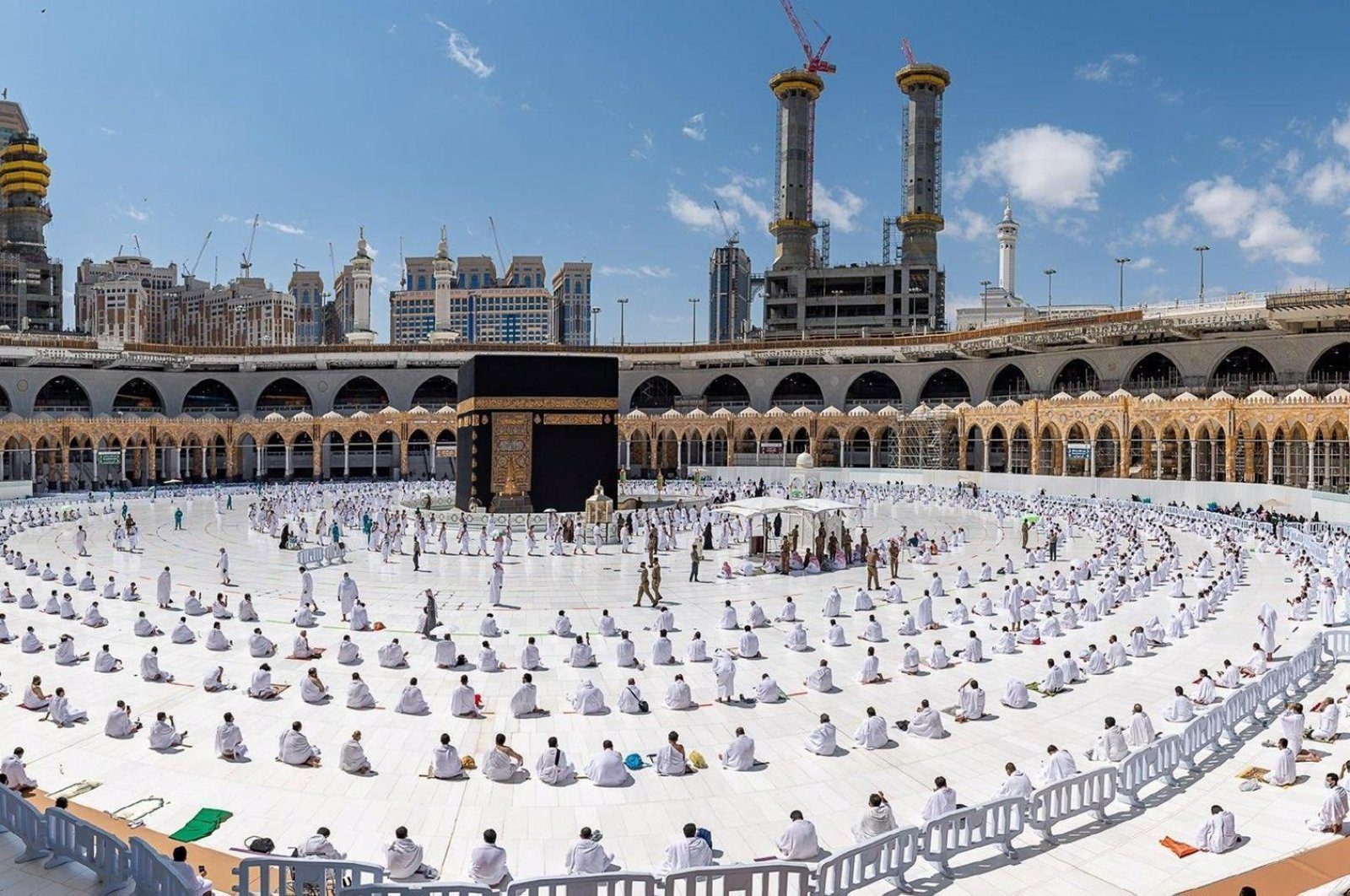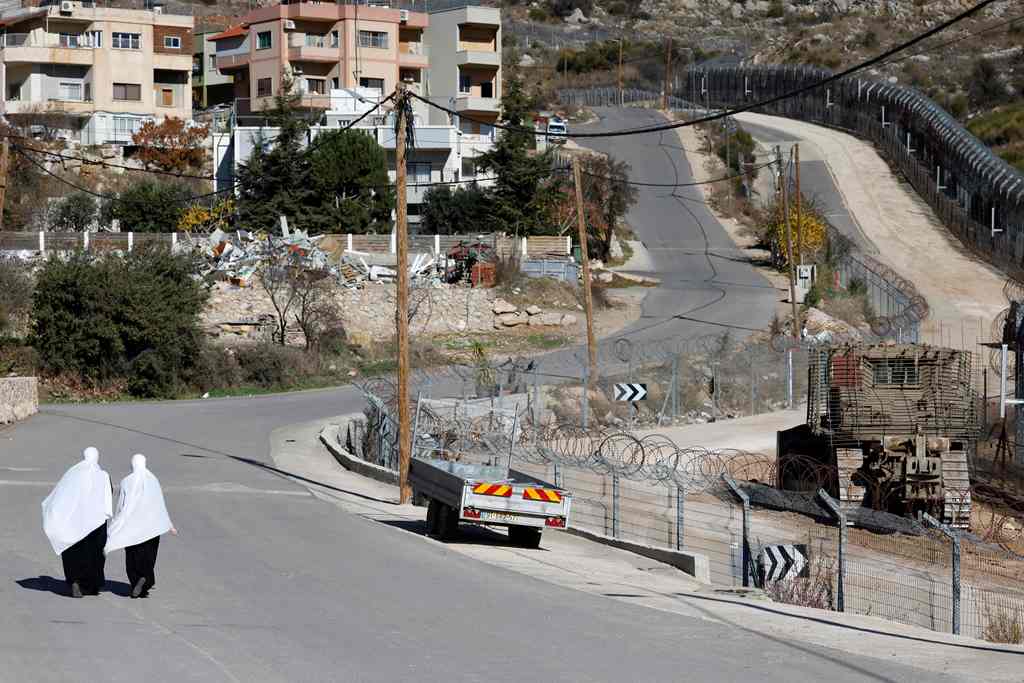Muslims around the world will celebrate Eid Al Adha on July 19th this year.
Every year, Muslims celebrate two Eids, marking the most important holidays in Islam. While Muslim children wait all year to celebrate the two occasions, the holidays can sometimes create a confusion to non-Muslims.
However, though both days are referred to by their shorter “Eid” names, they are in fact, very different.
Eid Al Fitr
The first festivity in the Islamic calendar, also known as the Lunar Hijri year, is Eid Al Fitr, celebrated for three days during the 10th month. This Eid, which literally translates to “festival of the breaking the fast”, follows the holy fasting month of Ramadan.
To mark the end of a 30-day, dawn to sunset fast, Muslims celebrate by feasting with family and loves ones on Eid Al Fitr.
To express gratitude and increase blessings, Muslims are also encouraged to donate to charities and those in need.
The first day of the festivity is celebrated by performing Eid prayers at the crack of dawn. This would usually take place with large crowds of worshippers at mosques or outdoor prayer areas, as per traditions by the Prophet Muhammad.
Children would often attend in new clothes while men dress up in their thobes or jalabiyah [traditional attire commonly worn in the Middle East].
Eid through time: How Qatar has celebrated Eid throughout the years
For children, a major element that generates excitement is the “Eideyah” or Eidi – money given out to kids as gifts to mark the occasion.
The money is typically distributed to the younger members of the family after the morning Eid prayer, when kids gather around elders to receive cash.
In some cultures, men extend this gift to women of the family, including mothers, wives sisters, and even sister-in-laws.
As gatherings play a crucial role in Eid, throughout the holiday, families visit one another and go out to the beach, host barbecue parties and make plans to visit amusement parks.
During Eid Al Fitr, schools and most businesses are often closed in Muslim countries as it is a public holiday.
Eid Al Adha
Similarly, morning Eid prayers, Eidiyah and family gatherings are crucial for Eid Al Adha.
This particular festivity comes after the Hajj [pilgrimage], where Muslims from all parts of the world flock to Mecca, Saudi Arabia, in what is often described as a “once in a lifetime” experience.
The Hajj pilgrimage is one of the main five pillars of Islam and is an obligation on Muslims if they are physically and financially able to go.
Celebrated two months after the initial Muslim festivity, Eid Al Adha translates to the “feast of the sacrifice” and takes place on the 10th day of the final month of the Islamic lunar year.
This also coincides with the end of the Hajj pilgrimage and allows for Muslims worldwide to celebrate the new group of Hujjaj after the completion of their obligations.
For this Eid, Muslims worldwide sacrifice a sheep and distribute the meat to those in need. The sacrificial slaughter goes back to a Quranic story about Prophet Ibrahim, who was asked to sacrifice his son Ismail by God as a test of faith.
When he agreed to do so, God replaced Ismail with a sheep instead.
Follow Doha News on Twitter, Instagram, Facebook and Youtube







